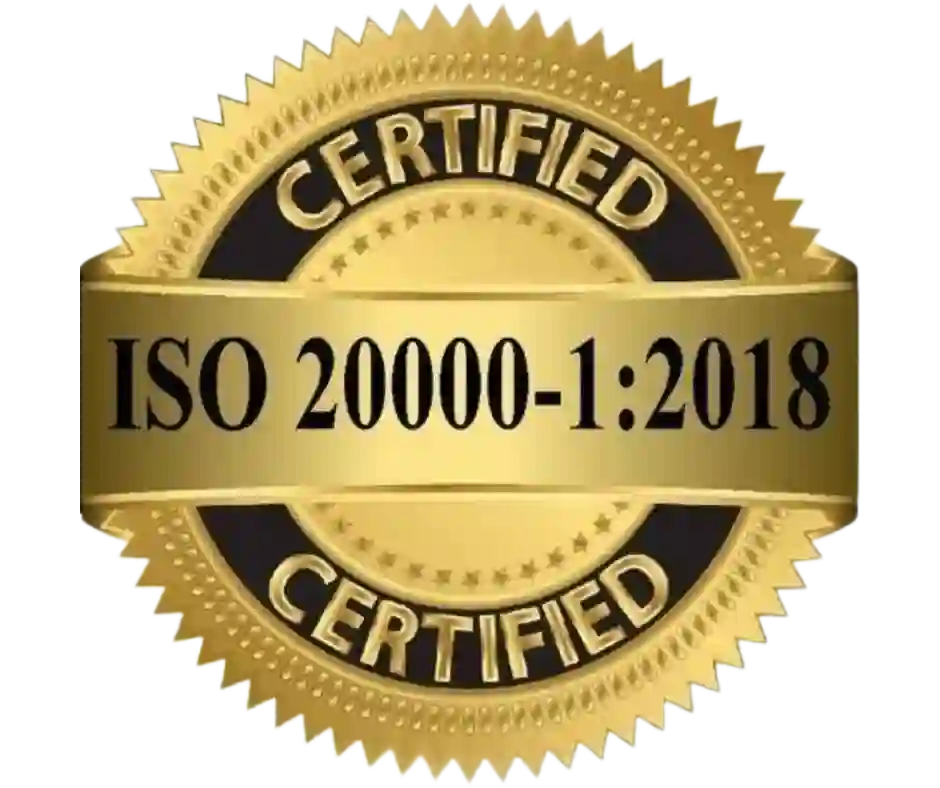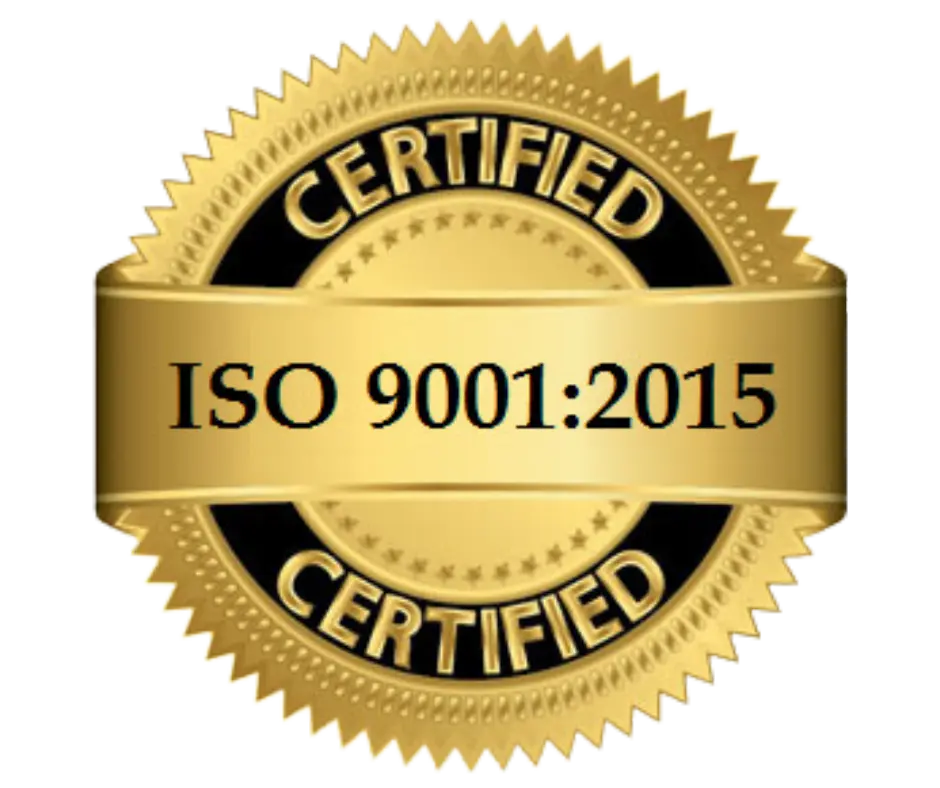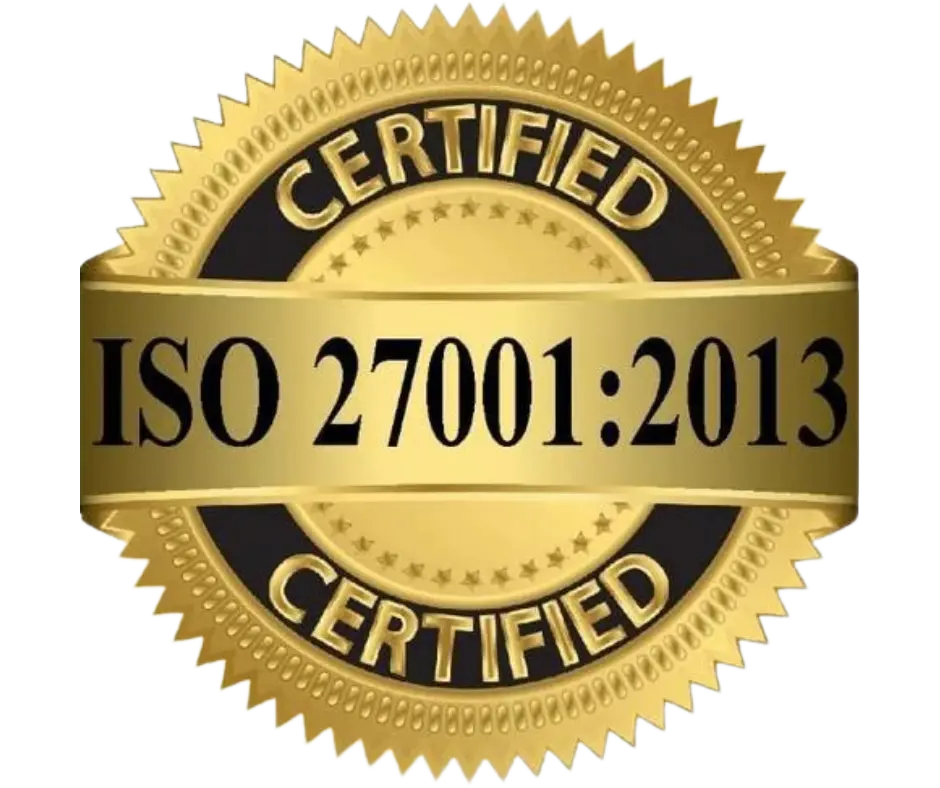When we talk about SDLC or Software Development Lifecycle, we are referring to a particular process.
Let’s imagine that we need to build high-quality software but have a limited budget. It becomes obvious that we need to build this as fast as possible and at the lowest possible cost.
Also, we want the product to reach the market quickly so we can start making a profit.
A typical SDLC approach aims to achieve these goals through the following stages:
- Idea and feasibility analysis
- Design
- Implementation
- Testing
- Maintenance
Although this may have worked a few decades ago, statistically today, 21% of businesses that follow this process fail. So, what’s the alternative?
Agile SDLC as an alternative to traditional SDLC
If the word ‘agile’ sounds familiar, it’s because the term is gaining popularity. But what do we mean by this? Let’s analyze the current IT market.
The digital era has changed the way human beings shop, watch movies, communicate, work, and so on. And, as more people have access to gadgets like smartphones or tablets, the higher demand for SaaS.
In tandem with this, the range of tools and resources has grown but so has the number of competitors.
In such a scenario, IT businesses not only have to create good products, but they have to create them fast. They don’t want somebody else to beat them to it or for their customers to jump onto the next new technology.
This is when Agile development appears.
Differences between traditional SDLC and Agile SDLC
Agile is nothing more than a system, a way in which you approach the creation of your product. Nowadays, PMs can’t afford to build a product for six months and then see if it works.
If they do, it’s likely that the market will swallow them. Thus, agile procedures are based on simultaneous cooperation between all departments.
An Agile SDLC looks as follows:
- Planning
- Roadmap layout
- Release planning
- Sprint planning
- Follow-up meetings
- Review
The process is based on iteration and divided into ‘sprints’. These are objectives that need to be met within a short time frame (usually 4 weeks).
All the experts then work together to achieve this deadline, providing each other with feedback before the product is released. Thanks to the users’ reactions, the PM can make assessments and move on to the next sprint.
As you can see, an Agile approach provides a much better response to the market’s demands. There’s greater room for last-minute changes and strategy shifts.
However, it’s no bed of roses either. Let’s take a look at the advantages and disadvantages of Agile SDLC.
Advantages of Agile SDLC
- It allows you to put the product on the market much sooner.
- It improves the team’s productivity.
- It allows you to create a more competitive product.
- Costs can be lowered or optimized at each stage.
Disadvantages of Agile SDLC
- Due to the lack of a strict plan, it becomes difficult to estimate the costs and resources in the long term.
- Without a clear final goal, measuring results becomes challenging.
- No clear vision of the final product.
- Fragmented production on each string because each professional is concentrated on a specific feature.
Conclusion on the effectiveness of an Agile SDLC
All in all, an Agile approach can be the best solution for your IT product. As long as you’re aware of the challenges it brings and take the necessary measures, your project can benefit greatly from Agile SDLC.
The possibility to get regular user feedback and adapt your strategy accordingly is definitely worth the effort.








